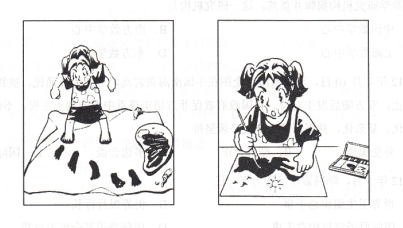16.He____whether to set aside the minor differences,then he did.( )
| A. | debated | B. | predicted | C. | plotted | D. | calculated |
15.Different tastes among tourists from outside the mainland____the list of the country's attractions.( )
| A. | top | B. | shape | C. | lead | D. | show |
14.To save trouble,you may as well _______ the product online before you place an order.( )
| A. | predict | B. | polish | C. | promote | D. | preview |
13.The official statement of the Community Party offered people a glimpse into how China's leaders ______ the country's urban development,including the role public policy would play in guiding the trend.( )
| A. | advocated | B. | assessed | C. | anticipated | D. | allocated |
12.It's reported that the future generations are going to live longer than we ______ now.( )
| A. | are | B. | do | C. | will | D. | have |
8.Blanks 21through 24are based on the following conversation.
Complete the form.Write NO MORE THAN THREE WORDS for each answer.
Complete the form.Write NO MORE THAN THREE WORDS for each answer.
| What was special about the Experiment group? | The members were from diffrent cities with different(21) religionsand cultures. |
| What did the girl learn from the Experiment? | Different people can be(22) good friends/more than friends/like a family |
| How did the host family treat the girl? | They treated her as(23) their daughter |
| Why did the girl say language is not always important? | Sometimes(24) a simple smilecan say more than words. |
7.Blanks 17through 20are based on the following conversation.
Complete the form.Write ONE WORD for each answer.
0 136197 136205 136211 136215 136221 136223 136227 136233 136235 136241 136247 136251 136253 136257 136263 136265 136271 136275 136277 136281 136283 136287 136289 136291 136292 136293 136295 136296 136297 136299 136301 136305 136307 136311 136313 136317 136323 136325 136331 136335 136337 136341 136347 136353 136355 136361 136365 136367 136373 136377 136383 136391 151629
Complete the form.Write ONE WORD for each answer.
| Class Registration Form |
| Name:Andrew Smith Department:The (17)HistoryDepartment Student ID:(18)HD3309 Class:The (19)photographyclass Time:(20)Tuesday,2:00-4:00 p.m. |
